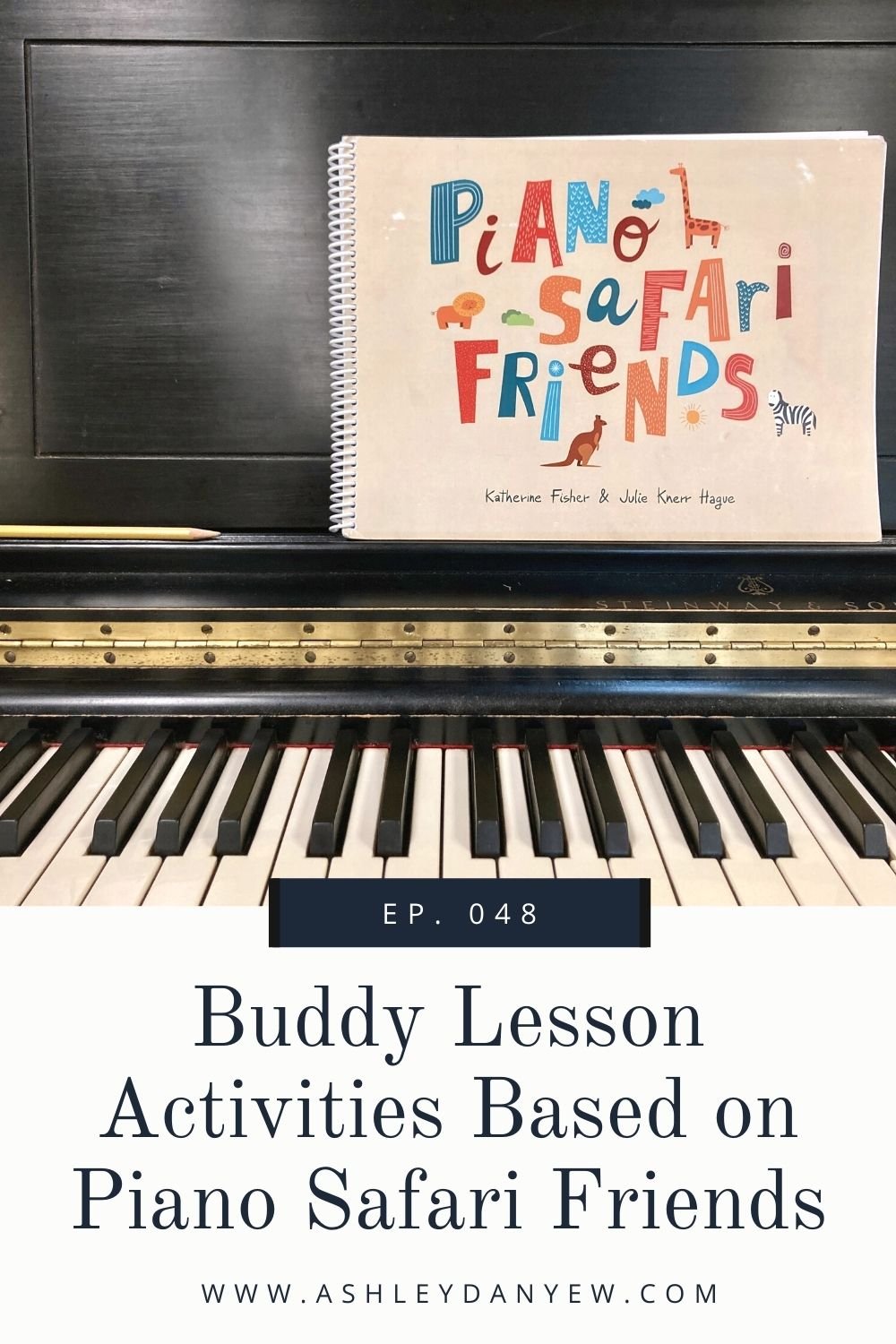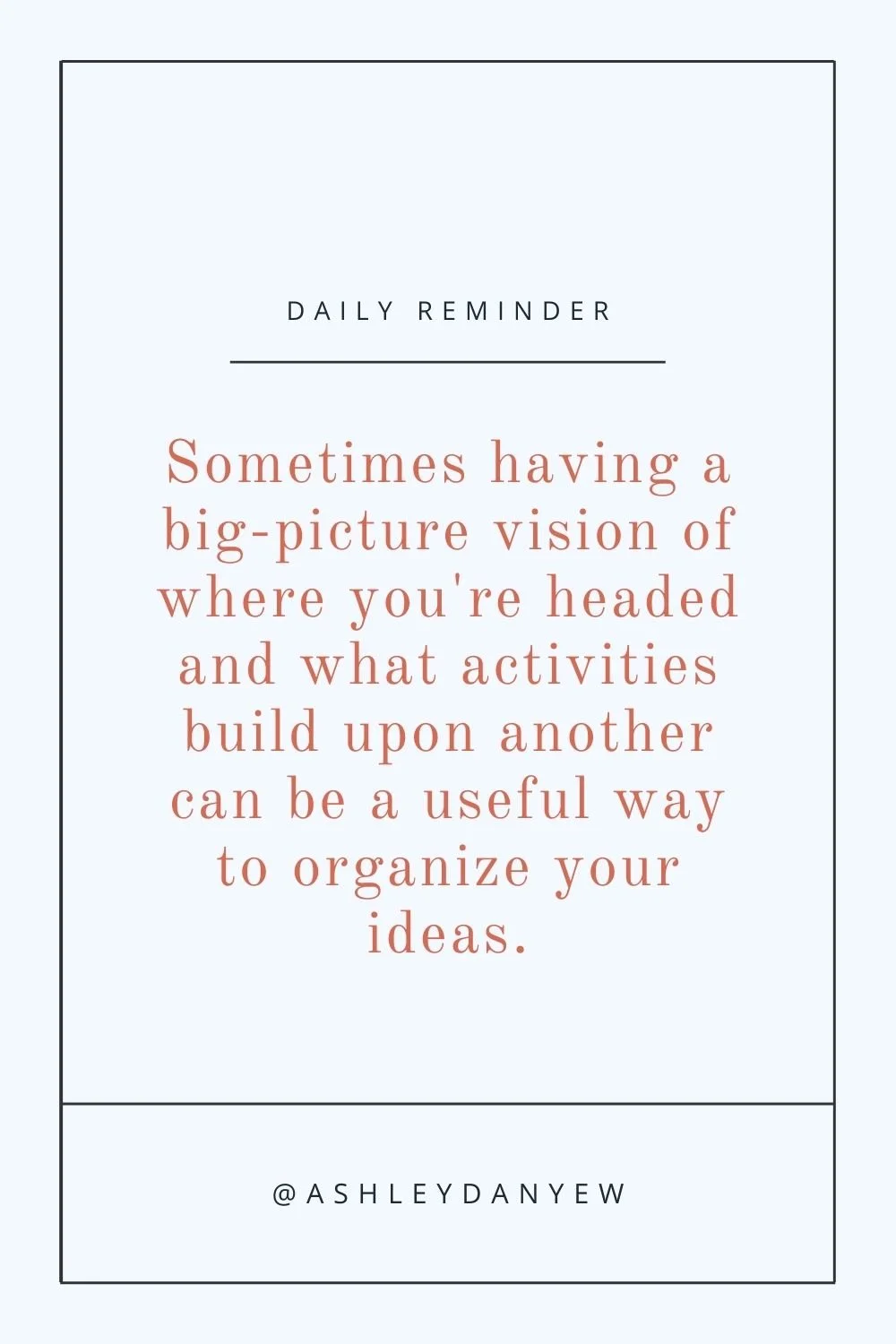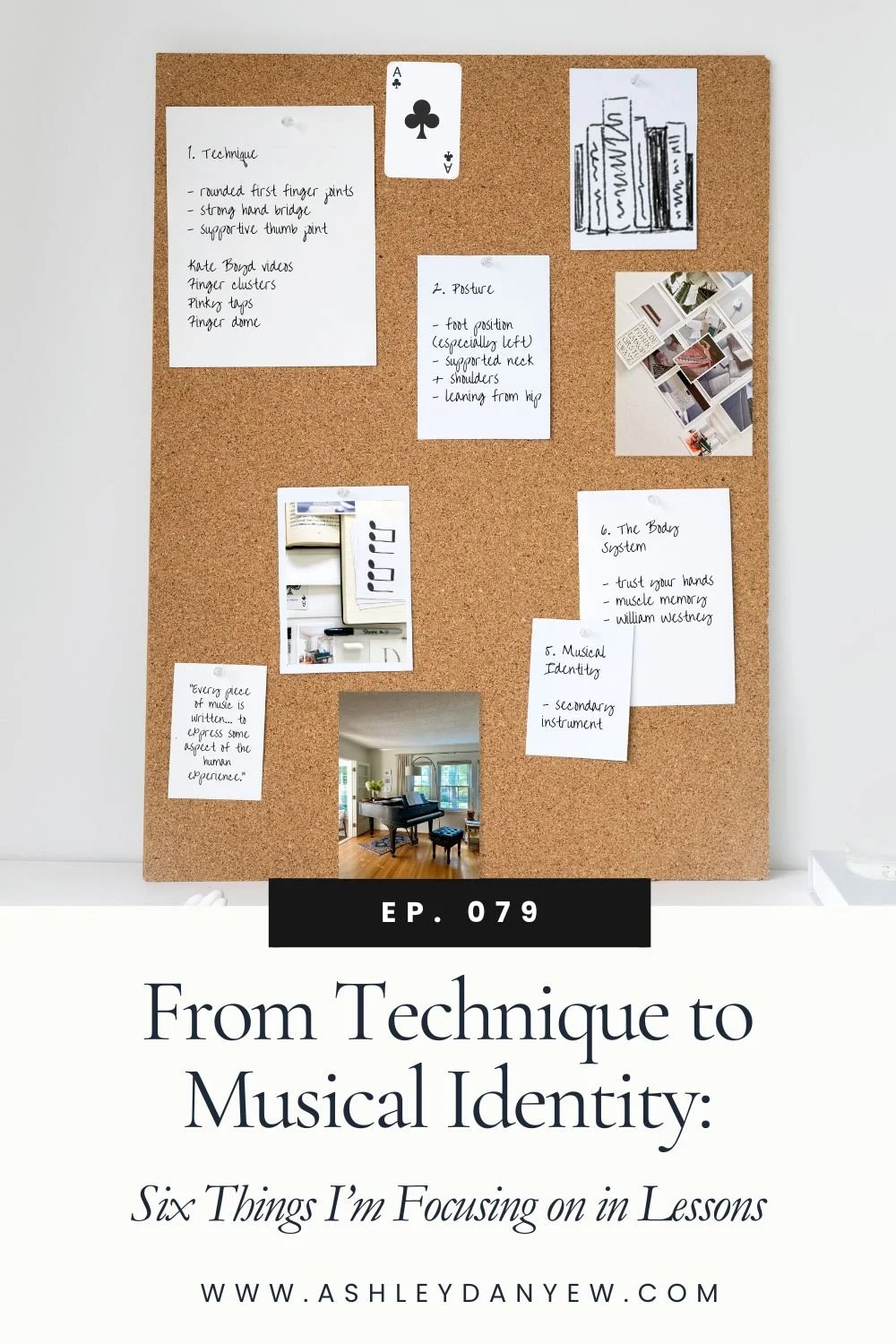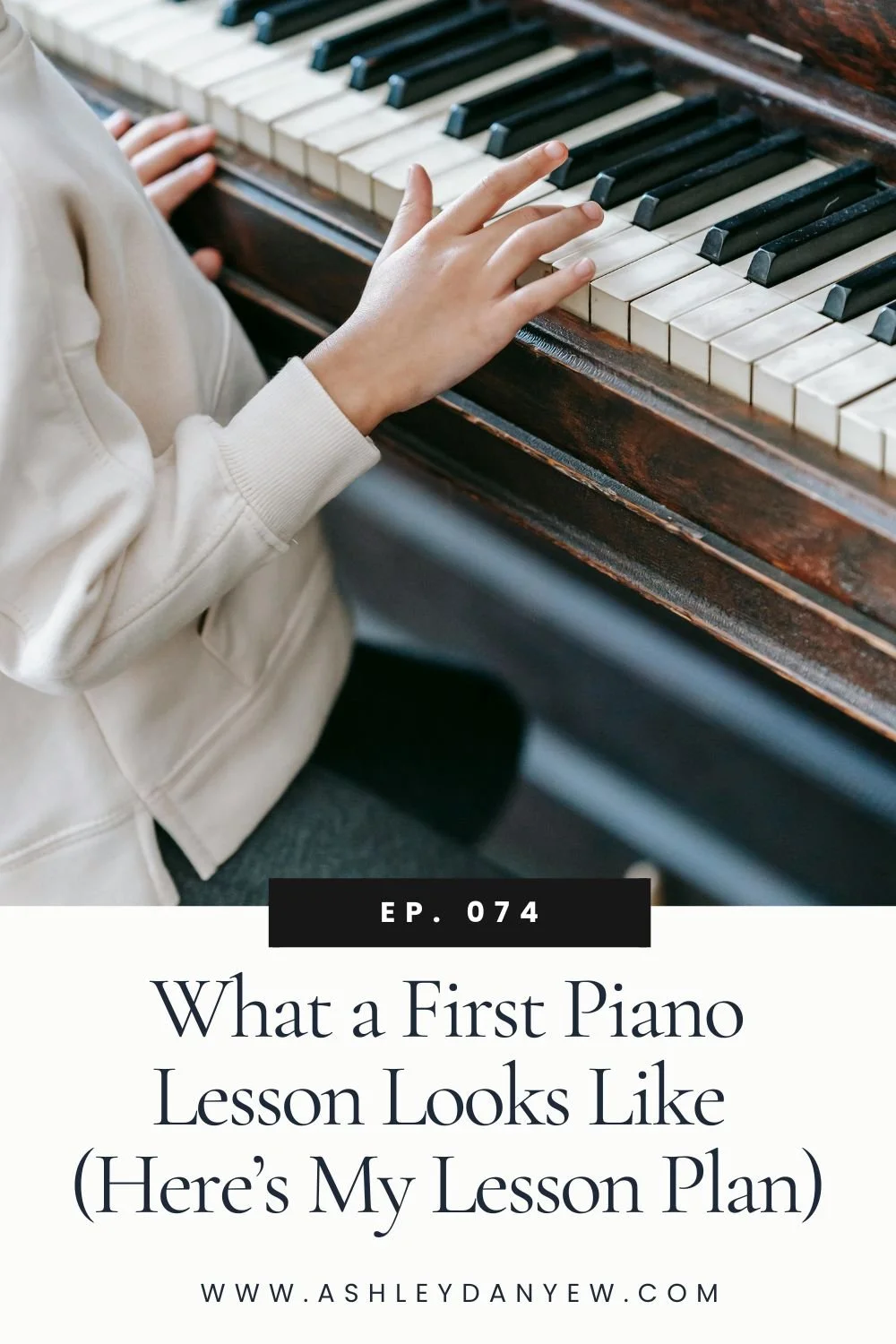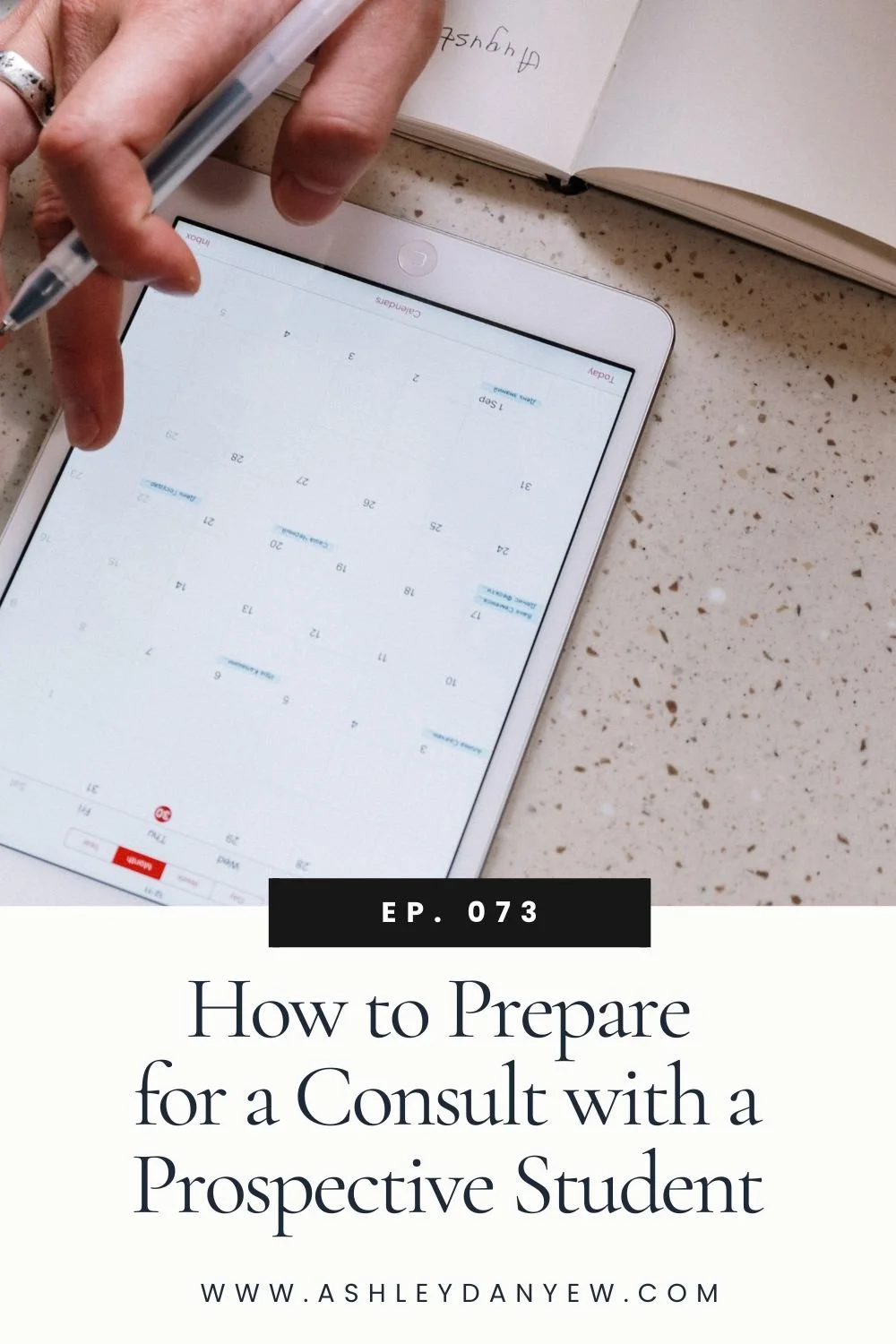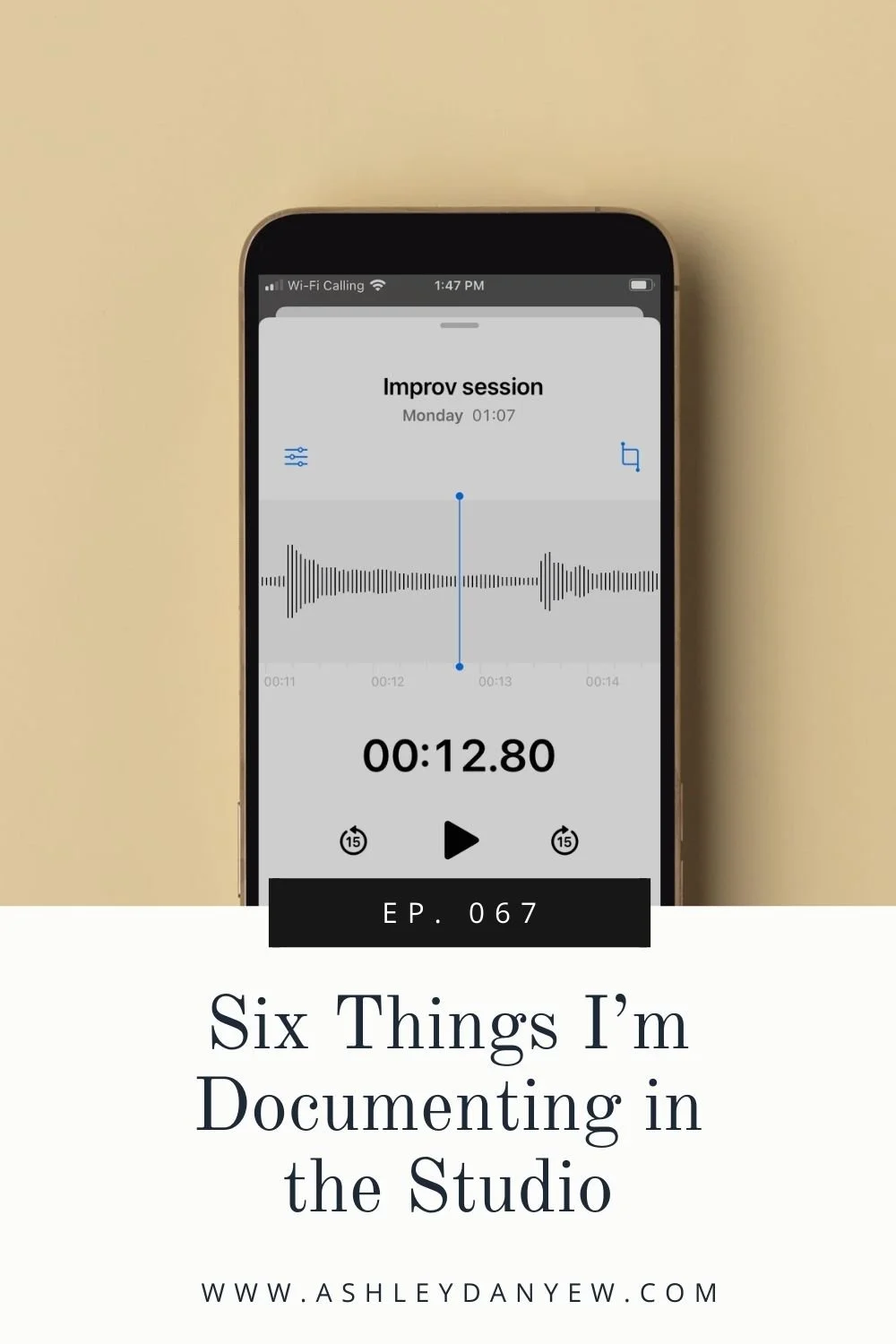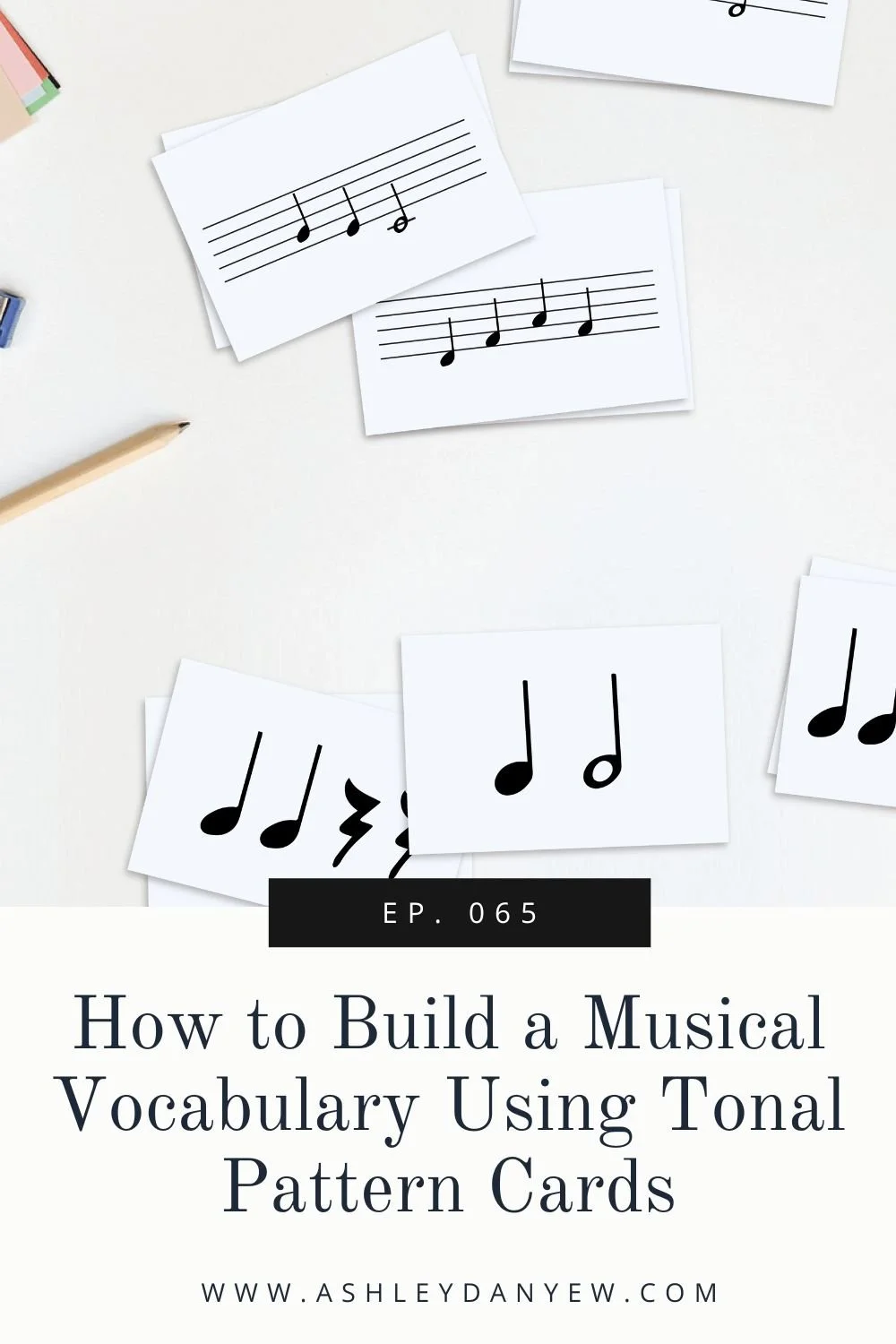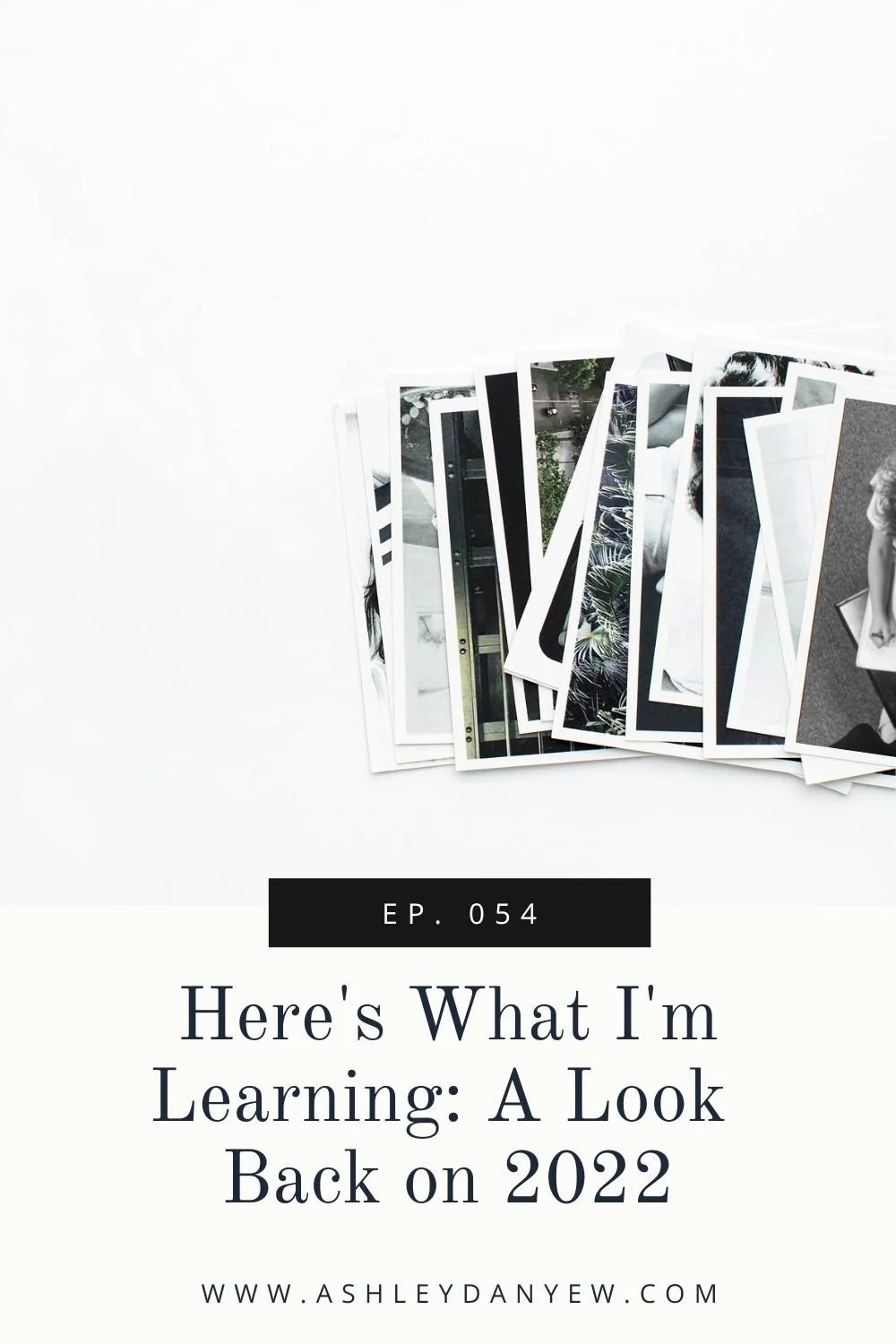Resources Mentioned
*Disclosure: I get commissions for purchases made through links in this post.
This summer, I've been teaching buddy lessons to two rising 1st graders. One started lessons with me in January and the other just started last month. They are both using the method book, Piano Safari Friends, which I have really enjoyed teaching this year.
Both students have had 30-minute lessons with me almost weekly this summer and since I was able to schedule them back to back, I'm doing 25 minutes with one student, 10 minutes with both, and then 25 minutes with the other student.
You could certainly do longer: 25-20-25, which would give each student a 45-minute lesson slot in your schedule and an opportunity to get through 4-6 activities during the buddy lesson portion. With only 10 minutes, I plan 2-3 activities each week.
Back in Ep. 018, I shared a glimpse into an elementary buddy lesson in my studio—the types of activities we did together and how I facilitated things. Today, I'm sharing a behind-the-scenes look at how I organized our buddy lesson activities and sequenced them from week to week.
How I Plan Elementary Buddy Lessons
Sometimes I find it helpful to plan multiple weeks at a time.
For private lessons, I plan week to week, but for buddy lessons and studio classes, I've found that having a big-picture vision of where we're headed and what activities build upon another can be a useful way to organize my ideas. It also saves time!
This summer, I sat down and planned two months of buddy lessons for my Kindergarten/rising 1st-grade students.
I opened a new note in Evernote, my favorite note-taking app, and wrote down three categories of musical activities: rhythm, listening and movement, and the musical alphabet. Under each category, I made a list of 5-6 activities that could be done in 3-5 minutes. I sequenced them so each activity built on the one before it.
Then, each week when I write my Post-It Note lesson plan, I choose the next activity from each category to build on what we did the week before.
Side note: If you listened to my last episode on lesson planning (Ep. 047), you heard me talk about my Post-It note lesson plans for my beginning students. I recently started using the Post-it® note app on my iPad and it's worked really well! I can write out my lesson plans for each student and our buddy lesson and quickly swipe from one to the next. This is how I'm staying organized teaching two beginning students, a buddy lesson, and one elementary student back-to-back on Tuesdays all summer.
Here's a peek into my planning notes for buddy lesson activities based on the Piano Safari Friends curriculum and what has worked well for us:
Rhythm Activities
Matching Game
We started with a simple rhythm card matching game. I printed a set of rhythm flashcards (based on the animal rhythm patterns in the Piano Safari Friends book) and made a jumble on the floor. Students took turns choosing a card and finding a match.
Matching with Animal Cards
The second week, I had the stack of rhythm flashcards face down. Next to the rhythm cards was a stack of animal cards, face up (these were based on the characters in Piano Safari Friends, so Charlie Chipmunk, Zechariah Zebra, Herbie Hippo, Gem Giraffe, Kristabel Kangaroo, and Leo the Lion). Students took turns flipping over a rhythm card to see if it matched the animal card that was face up. If it didn’t match, the rhythm card would go to the bottom of the pile and the next student would flip over the next card and see if that was a match.
Composing & Improvising with Rhythm Flashcards
In week 3, students made rhythm phrases with the same set of flashcards. I asked them to flip over one card in their 4-card sequence and improvise a pattern. I asked if they had any ideas for rhythms they could do and gave them an opportunity to practice. Then, I explained that they could choose their favorite idea when they got to the blank card. This helps reinforce the idea that improvising is not "making up something on the spot," it's making a choice, choosing from a set of familiar ideas and musical patterns in the moment.
Composing Rhythm Duets
In week 4, students made 4-card rhythm phrases with flashcards and performed them together. This is great preparation for ensemble playing.
Writing Rhythm Patterns
In week 5, I gave each student a personal-sized whiteboard and a dry-erase marker and they practiced writing rhythm patterns and performing them for each other.
Listening + Movement Activities
The second category was listening and moving activities. I made a list of classical pieces I could stream from Spotify to facilitate movement. Some of these are recommended on the listening pages in the Piano Safari Friends curriculum; others I researched myself.
Scott Joplin's Maple Leaf Rag
Great for reinforcing a steady beat. Tap your head, shoulders, knees, elbows, toes, etc., 8 beats each, and have students imitate.
Beethoven's Pathetique Sonata
Could be useful for hearing and internalizing a slow beat.
Florence Price's Ticklin' Toes
A fun and upbeat piano piece. There are a few different sections so it could be fun to create different movements for each one (study the score in advance so you know how long each section is).
J. S. Bach's Italian Concerto
Another great piece for reinforcing a steady beat. You could create a movement chart that shows how many beats for each motion.
Saint-Saens' Carnival of the Animals
Would be a fun listening activity to do in a buddy lesson or studio class. I could see listening to a few selections and giving students a coloring or drawing assignment. Or you could choose a few key movements and have students move to the music, which is what I'm planning to do. I chose from the following movements:
Aquarium (this one sounds so much like the Prologue in Beauty and the Beast!)
Elephant
The Swan
The Cuckoo
Piano Safari Friends Repertoire
There are also a few Piano Safari Friends pieces that lend themselves to movement, particularly:
Colors Shine
Dancing with Daisies
Safari Friends Parade
Goodbye Friends
The digital recordings are included with your purchase of the book. I created a playlist in Apple Music so I can play them from my phone or computer in lessons.
Musical Alphabet Review
The third musical category I chose for my students was alphabet review.
This is an excellent way to prepare for note-reading and reinforce key recognition. There are so many fun, creative ways to learn about not only the notes of the musical alphabet (up and down), but also steps vs. skips, direction, and key recognition on the piano.
Some of these ideas came from Craig Sale in a Frances Clark Center webinar a few years ago.
Alphabetical Order
The first activity was putting the cards in alphabetical order. I printed out 2-3 sets of musical alphabet cards for this activity and placed them in a jumble on the floor. Students took turns finding the next letter and adding it to the row.
Alphabet Up and Down (Forward and Backward)
The second week, I set out the alphabet cards in order with only the first letter face up. Students took turns naming the next letter and turning the card over to check their answers. We also did a challenge where we kept the cards face down (except for the first one) and I pointed up and down the row and had them name the letters. We did this until we reached the end of the row, flipping over the last card to check our answer.
Stepping Up, Stepping Down, and Repeating
In week 3, I set out 10 small paper plates on the floor, stepping up, down, and repeating. I marked the first plate as "A" with an alphabet card. Students took turns naming the notes and placing an alphabet card on the remaining plates. Then, we sang the melody together. This is similar to a written activity in the Music Tree: Time to Begin Activities book. I modified it to be more hands-on.
Finding the Note on the Piano
In week 4, I chose an alphabet card and asked both students to run across the room to find the note on the piano.
Playing a Rhythm on the Note on the Piano
In week 5, I made two card piles on the floor: alphabet cards (face down) and animal cards (the same ones we used for the rhythm activity), also face down. Students took turns drawing an alphabet card and an animal card and playing the selected rhythm on that key on the piano. For instance, one student drew "G" and the picture of Zechariah Zebra, so they played the Zechariah Zebra rhythm on a G.
Other Buddy Lesson Activities
Of course, there are lots of other activities you could do with beginning piano students, especially those that start lessons at the same time.
As I look to the fall and the possibility of continuing to teach buddy lessons to these two students, I may explore some note-reading activities at the piano, learning a new song together, improvising, and reviewing the animal technique exercises presented in the Piano Safari book.
I’d love to hear from you:
I hope this episode is helpful to you as you plan for the year ahead. I'd love to hear about your experiences with buddy lessons. Have you done something like this in your studio? Leave a comment or reach out to me on Instagram. Also, let me know if you try any of these activities with your students—I'd love to hear how it goes!


